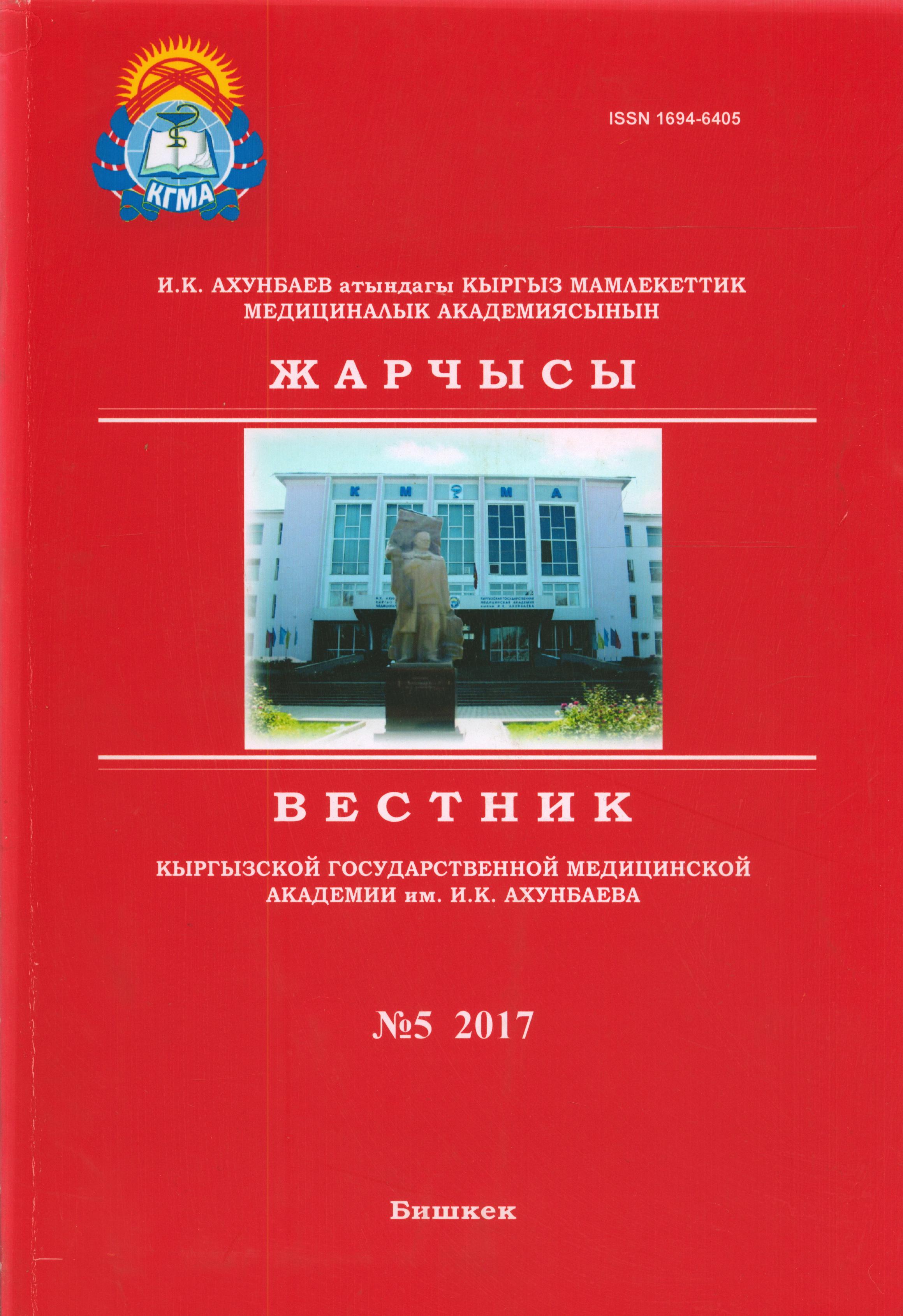OPTIMAL DIAGNOSIS AND MANAGEMENT OF CHRONIC SUBDURAL HAEMATOMAS
DOI:
https://doi.org/10.54890/.v5i5.691Abstract
The aims of this study were to review the surgical outcomes of patients with chronic subdural haematoma (CSDH) and assess the risks of antiplatelet in their surgical management. We retrospectively analyzed 112 consecutive patients with CSDH treated by one burr hole surgery at our institution. Among them, 16 patients had been on antiplatelet therapy. We analyzed the association between recurrence and patient characteristics, including history of antiplatelet or anticoagulant therapy; age (< 70 years or > 70 years); side; and previous medical history of head trauma, infarction, hypertension and other diseases.
Recurrence occurred in 10 patients (8.9%). Univariate analysis showed that only the presence of bilateral haematomas was associated with increased recurrence rate while antiplatelet or anticoagulant therapy did not significantly increase recurrence risk. However, multivariate analysis revealed that previous history of cerebral infarction was an independent risk factor for CSDH recurrence.
Our overall data support the safety of early surgery for patients on the preoperative antiplatelet therapy without drug cessation or platelet infusion. Patients with a previous history of infarction may need to be closely followed regardless of antiplatelet or anticoagulant therapy.
Keywords:
chronic subdural haematoma, surgery, outcome, recurrenceReferences
1. Karibe H., Kameyama M., Kawase M. [Epidemiology ofchronic subdural hematoma]. No Shinkei Geka 2011;39:1149-53 (Jpn).
2. El-Kadi H., Miele V.J., Kaufman H.H. Prognosis of chronic subdural hematomas. Neurosurg Clin N Am 2000;11:553-67.
3. Ernestus R.I., Beldzinski P., Lanfermann H. Chronic subdural hematoma: surgical treatment and outcome in 04patients. Surg Neurol 1997;48:220-5.
4. Markwalder T.M. Chronic subdural hematomas: a review. J Neurosurg 1981;54:637-45.
5. Nakaguchi H., Tanishima T., Yoshimasu N. Factors in the natural history o f chronic subdural hematomas that influence their postoperative recurrence. J Neurosurg 2001;95:256-62.
6. Torihashi K., Sadamasa N., Yoshida K. Independent predictors for recurrence o f chronic subdural hematoma: a review of 343 consecutive surgical cases. Neurosurgery 2008;63:1125-9; discussion 1129.
7. Wakai S., Hashimoto K., Watanabe N. Efficacy of closed-system drainage in treating chronic subdural hematoma: a prospective comparative study. Neurosurgery 1990;26:771-3.
8. AbouzariM., Rashidi A., Rezaii J. The role o f postoperative patient posture in the recurrence o f traumatic chronic subdural hematoma after burr-hole surgery. Neurosurgery 2007;61:794-7; discussion 797.
9. Asano Y., Hasuo M., Takahashi I. [Recurrent cases of chronic subdural hematoma - its clinical review and serial CT findings]. No To Shinkei 1992;44:827-31 (Jpn).
10. Forster M.T., Mathe A.K., Senft C. The influence ofpreoperative anticoagulation on outcome and quality of life after surgical treatment o f chronic subdural hematoma. J Clin Neurosci 2010; 17:975-9.
11. Fukuhara T., Gotoh M., Akioka T. The relationship between brain surface elastance and brain reexpansion after evacuation o f chronic subdural hematoma. Surg Neurol 1996; 45 : 570 - 4 .
12. Ко B.S., Lee I.K., Seo B.R. Clinical analysis o f risk factors related to recurrent chronic subdural hematoma. J Korean Neurosurg Soc 2008 ; 43 : 11-15.
13. Lindvall P., Koskinen L.O. Anticoagulants and antiplatelet agents and the risk o f development and recurrence of chronic subdural haematomas. J Clin Neurosci 2009;16:1287-1290.
14. Mori K., Maeda M. Surgical treatment o f chronic subdural hematoma in 500 consecutive cases: clinical characteristics, surgical outcome, complications, and recurrence rate. Neurol Med Chir (Tokyo) 2001;41:371-81.
15. Nakaguchi H., Tanishima T., Yoshimasu N. Relationship between drainage catheter location and postoperative recurrence of chronic subdural hematoma after burr-hole irrigation and closed- system drainage. JNeurosurg 000;93:7915.
16. Oishi M., Toyama M., Saito M. Clinical factors o f recurrent chronic subdural hematoma. Neurol Med Chir (Tokyo) 2001;41:382-6.
17. Yamamoto H., Hirashima Y., Hamada H. Independent predictors o f recurrence o f chronic subdural hematoma: results o f multivariate analysis performed using a logistic regression model. J Neurosurg 2003;98:1217-21.
18. Baechli H., Nordmann A., Gratzl O. Demographics and prevalent riskfactors ofchronic subdural haematoma: results of a large single-center cohort study. NeurosurgRev 2004;27:263-6.
19. Sim Y-W., Min K-S., Kim D-H. Recent changes in risk factors o f chronic subdural hematoma. J Korean Neurosurg Soc 2012;52:234-39.
20. Frati A., Salvati M., Mainiero F. Inflammation markers and risk factors for recurrence in 35 patients with a posttraumatic chronic subdural hematoma: a prospective study. J Neurosurg 2004;100:24-32.







